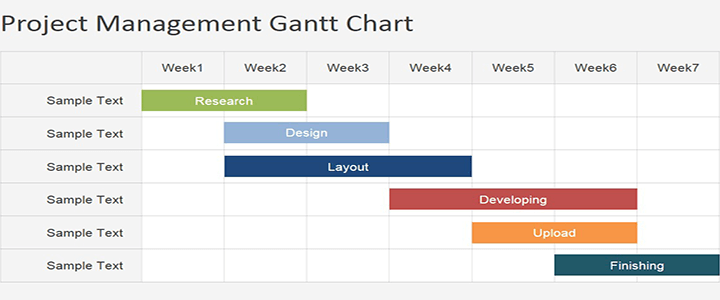Exactly 100 years ago this month, during a Special Session of Congress held on April 2, 1917, President Woodrow Wilson delivered a ‘War Message.’ Four days later, the United States Congress passed the War Resolution for the first Great War with Germany.
“With a profound sense of the solemn and even tragical character of the step I am taking and of the grave responsibilities which it involves, …. I advise that the Congress declare the recent course of the Imperial German Government to be in fact nothing less than war against the Government and people of the United States……exert all [our] power and employ all resources to bring the Government of the German Empire to terms and end the war.” – President Woodrow Wilson
The first great challenge was getting to the battlefield. America had to make an immense deployment, over thousands of miles, crossing the Atlantic Ocean – a massive geographic obstacle. How did the US mobilize millions of soldiers, sailors and Marines along with their equipment, vehicles, food, medical, fuel and other logistical support? The only referential knowledge was the American Civil War, nearly 50 years earlier. The logistics challenges were daunting as time was extremely limited and quantities were measured by the million.
United States Army Ordnance Corps was officially put in charge of this deployment, shortly after Woodrow Wilson’s declaration. Not knowing exactly how to accomplish the task, General William Crozier, United States Army, Chief of Ordnance, hired American Mechanical Engineer Henry Gantt to help the U.S. Army plan, mobilize and deploy to France.
The road map to deployment
In response to the crisis and challenges, Gantt developed a chart to provide a road map or schedule for the massive deployment project. The first Gantt chart developed was rudimentary, but provided the same attributes that are readily recognizable by present-day project managers.
Today, Gantt charts illustrate the start and finish dates of the project tasks. These tasks comprise the work breakdown structure of the project. Modern Gantt charts show the dependency or the preceding required work and the association between these tasks.
Because of Gantt and other great thinkers like him, the United States Military is credited for the founding of modern day project management. Tools like the Work Breakdown Structure (WBS), Program Evaluation Review Technique (PERT) Diagram and Earned Value Management (EVM) are all military derived project management tools in use around the world today.
As a veteran and military member, you have already performed duties as project manager in the military. You did this when you served as Action Officers, Training NCOs, Operations Officers, Planners, Commanders, and Platoon Sergeants. Do you know how closely related these jobs are to commercial project management? Project management is a high-value, target rich environment to consider during your transition. Have you thought about becoming a project manager after the military? After all, it’s part of your military history!



